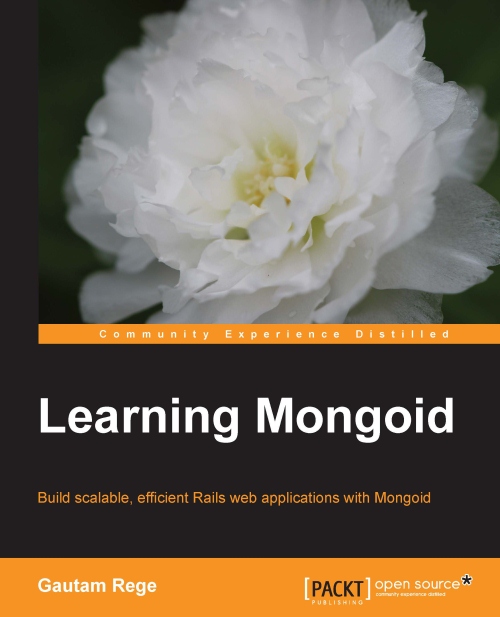One of the most common and most deadly errors you can make: using length instead of count. You can repeat this multiple times, but you will always find someone who'll use it the way it shouldn't be used.
So, first just to make it clear:
#count - collection.count
- Counts number of elements using SQL query (SELECT COUNT(*) FROM...)
- #count result is not stored internally during object life cycle, which means, that each time we invoke this method, SQL query is performed again
- count is really fast comparing to length
2.1.2 :048 > collection = User.all; nil => nil 2.1.2 :049 > collection.count (0.7ms) SELECT COUNT(*) FROM `users` => 16053 2.1.2 :050 > collection.count => 16053
#length - collection.length
- Returns length of a collecion without performing additional queries... as long as collection is loaded
- When we have lazy loaded collection, length will load whole colletion into memory and then will return length of it
- Might use all of your memory when used in a bad way
- Really fast when having a eagerly loaded collection
2.1.2 :055 > collection = User.all; nil => nil 2.1.2 :056 > collection.length User Load (122.9ms) SELECT `users`.* FROM `users` => 16053 2.1.2 :057 > collection = User.all; nil => nil 2.1.2 :058 > collection.to_a; nil User Load (140.9ms) SELECT `users`.* FROM `users` => nil 2.1.2 :059 > collection.length => 16053 2.1.2 :060 > collection.length => 16053
#size - collection.size
- Combines abilities of both previous methods;
- If collection is loaded, will count it's elements (no additional query)
- If collection is not loaded, will perform additional query
2.1.2 :034 > collection = User.all; nil => nil 2.1.2 :035 > collection.count (0.3ms) SELECT COUNT(*) FROM `users` => 16053 2.1.2 :036 > collection.count (0.3ms) SELECT COUNT(*) FROM `users` => 16053 2.1.2 :037 > collection.size (0.2ms) SELECT COUNT(*) FROM `users` => 16053 2.1.2 :038 > collection.to_a; nil User Load (64.2ms) SELECT `users`.* FROM `users` => nil 2.1.2 :039 > collection.size => 16053
Why would you even care?
Well it might have a huge impact on your apps performance (and resource consumption). In general if you don't want to care at all and you want to delegate this responsibility to someone else, use #size. If you want to care, then play with it and understand how it works, otherwise you might end up doing something like this:
print "We have #{User.all.length} users!"
And this is the performance difference on my computer (with only 16k users):
user system total real
count 0.010000 0.000000 0.010000 ( 0.002989)
length 0.730000 0.060000 0.790000 ( 0.846671)
Nearly 1 second to perform such simple task. And this could have a serious impact on your web app! Keep that in mind.
